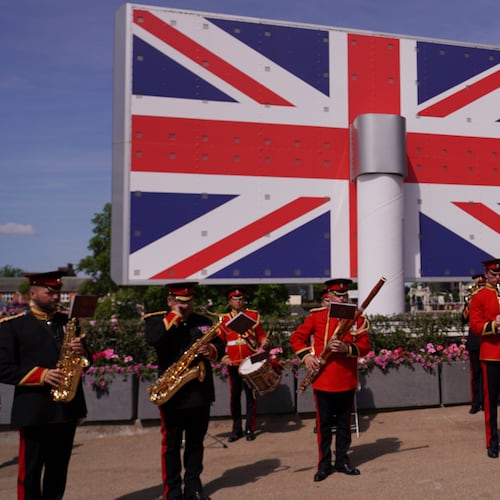Hindsight is 20/20. Can we retire that idiom and focus on having some foresight?
In case you've been living under a rock — or crawled under one when you heard "fire on I-85" — Atlanta's busiest freeway collapsed during the city's never-ending rush hour. Authorities were able to halt traffic at first signs of fire and before the ensuing collapse, avoiding even any serious injuries. Someone in California might read this story and think: crisis averted. Any Atlantan knows the crisis has just begun.
The already traffic-addled people of Atlanta woke up the next morning in collective befuddlement as the reality of our limited alternatives set in. Over 250,000 cars traverse that portion of freeway every day — northern suburbanites drive into their offices “ITP,” even as city-dwellers head north of the Perimeter. Most large metropolitan areas have a preconceived fallback plan should a major freeway collapse: public transit.
New York City has its extensive subway system, Chicago has its ‘L’ train. Atlanta has MARTA. The Metropolitan Atlanta Rapid Transit Authority has four lines—two running east-west and two north-south. It barely scratches the surface of the massive residential area to its north, making it virtually useless for transporting the hordes of commuters.
Recently, I found myself in one of the 301 Metro stations in Madrid, Spain, staring in awe at a map of its 12-line system. MARTA has 38 stations. Metro Atlanta’s population is currently estimated at around 5.8 million, Madrid’s 6.5 million. I can’t speak on what factors, like urban sprawl, mean in accounting for the difference in the two systems. But I know that if you live anywhere in metropolitan Madrid, you don’t need a car—a foreign concept to an Atlanta commuter.
Where are the visionaries in our government who will improve transit? Where are the innovative politicians willing to take a bold step in transforming the city they represent? Where are the city planners, who could study dozens of available models — transit systems in Europe, Asia and Australia, which have proved themselves an indisputable asset to city life — and offer plans for our future? How might an overhaul in the culture of transportation manifest in other ways?
Public transit improves accessibility, reduces emissions, allows patrons more time to be productive and increases interaction between community members. Those facts are obvious, but it’s my belief that there is a sense of connection in the collective journey that runs deeper than practicality when contrasted with the impersonal, often-adversarial relationship between cars — cutting and flicking one another off, while we each go separately insane in our automotive prisons.
I could have written about our city’s streets and sidewalks. I’d address the potholes and metal covers that make biking dangerous, and the absence of bike lanes for relief. I’d comment on the terrible shape sidewalks are in, where they exist at all. I’d offer anecdotally the short walk from my apartment to Little Five Points, the closest commercial district, which forces pedestrians to cross the street twice due to intermittent placement of sidewalk. I’d insist that Atlanta is ready —nay, thirsty — for transformation and cite traffic on our new Beltline (which gives I-85 a run for its money on a pretty Saturday) as proof. But I’ll cross that bridge after ours is rebuilt.
Presently, my hope is that Atlanta will learn from previous missteps and recognize that now is the time to expand public transportation and invest in infrastructure. My fear is that we will map out new routes on backroads, leave for work an hour earlier and wait out the reconstruction of I-85 in frustrated stupor from our individual cars.
Can we come together now to make Atlanta better than ever before?
About the Author
Keep Reading
The Latest
Featured

